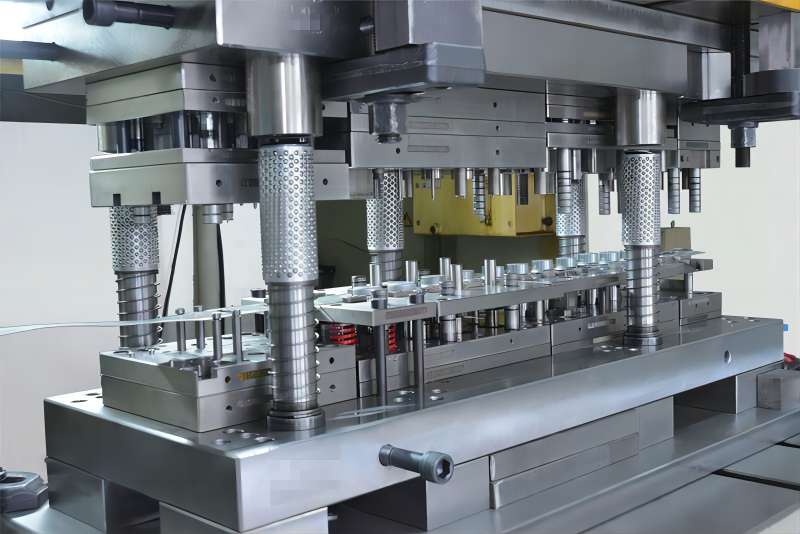The Critical Role of Lubricating Oil in Metal Stamping: Enhancing Quality of Stamped Parts
Metal stamping is a widely employed technique involving the deformation or cutting of various materials such as stainless steel, iron, copper, and aluminum, using punches and molds. This process is integral to numerous industries, including automotive, household appliances, and daily necessities. In the production of metal stamped parts, the frequent use of lubricating oil is essential, serving the critical purposes of reducing energy consumption and minimizing friction during the metal deformation process.

Why Use Lubricating Oil in Metal Stamping?
Energy Consumption Reduction:
For Stamping Parts: Lubricating oil minimizes direct contact between the mold and the deformed metal, facilitating relative sliding and shearing within the lubricating layer. This process significantly reduces friction and energy consumption during deformation.
For the Mold: The friction coefficient between the stamping material and the mold is decreased, enhancing the working conditions of the mold, protecting its surface, and prolonging its lifespan.
Surface Quality Improvement:
For Stamping Parts: Effective lubrication reduces external friction, preventing defects such as bonding, pressing, and scratches on the surface of the product. This anti-friction and anti-sticking effect enhances the overall quality of the stamped part.
Temperature Stability:
Lubricating oil forms a protective film on the surface of stamped parts during the process, mitigating the impact of temperature changes and preventing damage to the parts and dies.

Requirements for Lubricating Oil in Metal Stamping:
Heat Dissipation:
The lubricating oil should exhibit effective heat dissipation properties to handle temperature fluctuations during the stamping process.
Rust Resistance:
Good rust resistance is crucial to protect both the stamping parts and the associated tools and equipment.
Lubricity:
The oil must possess excellent lubricity to facilitate smooth sliding and shearing processes during metal deformation.
Non-corrosive and Non-toxic:
The lubricating oil should not corrode surfaces, produce toxic gases, and should be easy to clean, especially in welding parts.

How to Use Lubricating Oil in Metal Stamping:
Regular Cleaning:
Tools and containers for lubrication should be cleaned regularly to maintain cleanliness and efficiency.
Even Application:
Lubricating oil should be evenly applied using specialized tools like rollers or brushes.
Moderate Usage:
Apply lubricating oil in moderation to prevent wastage caused by excessive consumption.
In conclusion, the usage of lubricating oil in metal stamping is a critical aspect is a critical aspect of the production process, contributing to energy efficiency, surface quality improvement, and temperature stability. Manufacturers must adhere to specific requirements for lubricating oil and implement proper application methods to ensure the optimal performance of metal stamping operations. The diverse nature of metal stamping parts necessitates careful consideration of lubrication methods tailored to the unique characteristics of each product and production process.
- Art
- Causes
- Crafts
- Dance
- Drinks
- Film
- Fitness
- Food
- Games
- Gardening
- Health
- Home
- Literature
- Music
- Networking
- Other
- Party
- Religion
- Shopping
- Sports
- Theater
- Wellness


